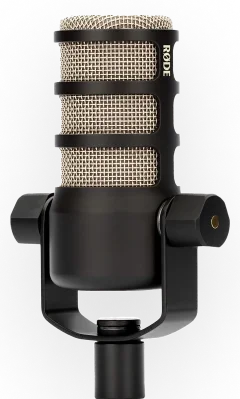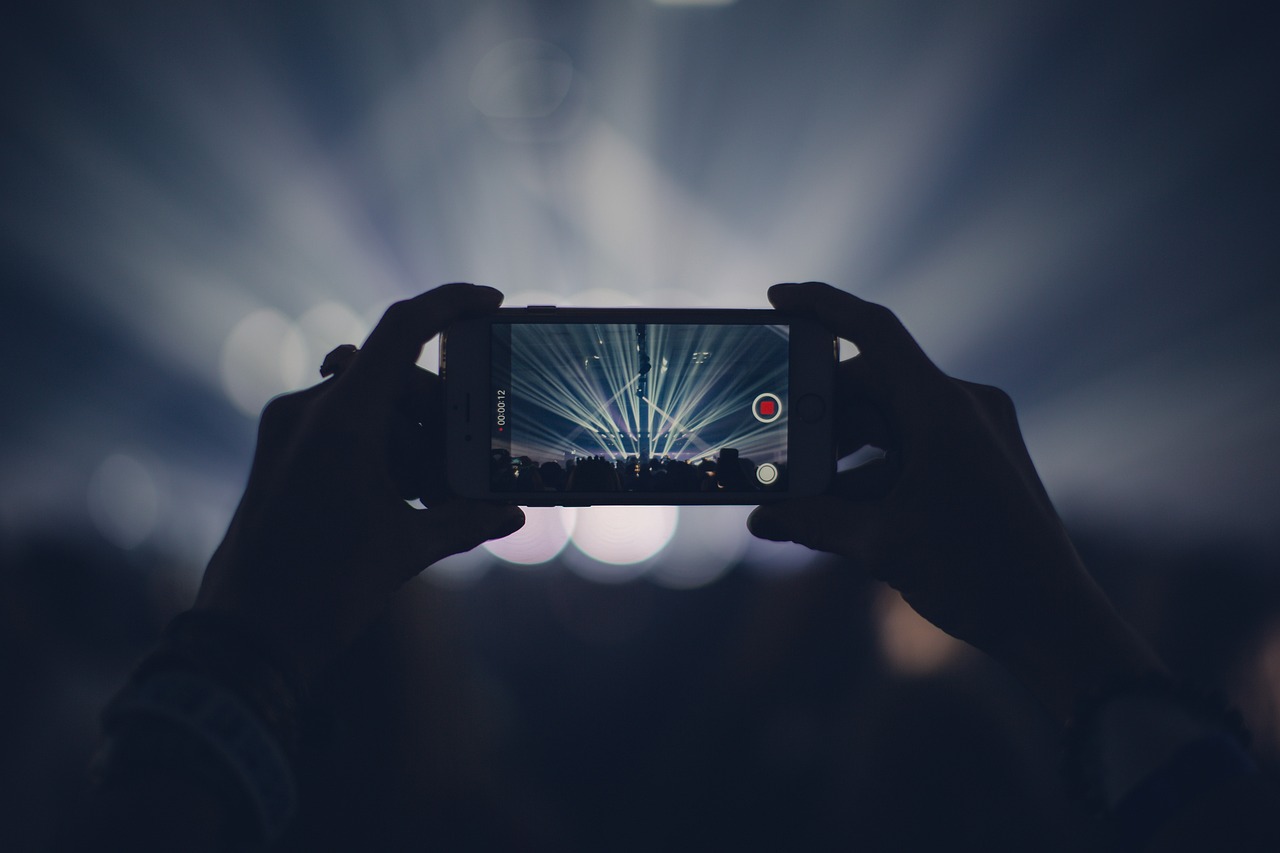I’ve got a book coming out in a few months – a kind of advanced guide to building a bigger show called The Audience Is Listening. I thought you might enjoy this snippet of it as both a sneak peek, and something I hope that will help you think more clearly about your own podcast.
In my media career I’ve worked on shows running the gamut from Howard Stern to All Things Considered, and here is what I have learned from all of them: there is no more powerful thing to know about listeners than why they do, or do not, listen to your show. It’s the grail truth. And it’s generally one simple thing about your show. Your challenge is to figure out what that thing is, which is not a straightforward task!
You spend a lot more time thinking about the nuances of your podcast than your audience does, which means their ability to talk about exactly why they find your show compelling is naturally going to be limited. Sure, they can say what they like—whether it is a certain segment, or that the host is “funny,” or the content is interesting. But there is always a deeper truth to uncover.
Why is it interesting? Why are they funny? These are the undercurrents of your show, and the key to understanding what really works or doesn’t work about your podcast. After all, there are thousands of podcasts on your topic—so why yours?
By the way, this has nothing to do with the popular phrase, “know your why.” This concept, popularized by Simon Sinek’s TEDx talk, was originally about leadership, not marketing. It suggested that leaders could inspire their teams more effectively if they could get them to buy into the company’s overarching “why.” However, marketers quickly adopted this idea and applied it to everything from making shoes to building cars.
Here’s the thing: We aren’t making a backpack. We are crafting an entertainment. No one cares about the “why” behind Young Sheldon, or NCIS, or Law and Order, or The Voice. They are all the same, anyway—“we would like to make a profit.”
In fact, why YOU are making a podcast is pretty irrelevant to the work of earning an audience. Ultimately, when you launch your podcast out into the world, the reason why you made the thing is less important than the reason why an audience would listen to the thing, and those are not always the same. A podcast, like any other product or service, is a brand—the co-created collision of what you intended it to be and what it was perceived to be. It occupies a position in the mind of the listener: “I listen to this particular show because…”
So, in the process of building a better podcast, we do start with the question of why—but there are two conditions:
-
The most important thing we can know is why people do or do not listen to your podcast.
-
There is no single “why”.
Their Why Vs. Your Why
Imagine that the reason why you are making your podcast is one circle of the venerable Venn diagram—you know the one, with the two intersecting circles. You probably have goals for your podcast: passive income, thought leadership, part of your sales funnel for other goods and services you offer, or maybe just a creative outlet. Whatever the case, I know you have ambitions, or you wouldn’t be reading this now.
Whatever flashed into your head when you read that last paragraph is not why your listeners choose to spend time with your show. They have their own reasons, independent of yours, for listening—that’s the other circle. When those differing reasons are congruent—when the two circles overlap—then you have a show that is in alignment with your goals and the goals of your listeners. And when you don’t, you don’t.
Let me give you two non-podcast examples, since these are more obvious. When Taco Bell was purchased by Pepsi back in the late 1970s, the brand was launched nationwide with a singular why: FRESH. Every Taco Bell ad featured knives cutting through glistening heads of lettuce, to seal in the reason for Taco Bell’s existence in the first place—a fresh take on fast food. That was the company’s why: fresh. But this was not the customers’ why.
No, if you asked loyal Taco Bell customers why they chose the brand over their other fast-food options, you would likely get some combination of, it’s late, I’m broke, and I’m stoned/drunk. Fresh does not factor into the equation here.
Taco Bell, to their credit, leaned into this perception—it’s better that the customer thinks something about you, than thinks nothing about you—and today, look at Taco Bell’s messaging: open late, food to “Live Mas,” and, of course, entire meals made out of Doritos. Taco Bell is a coherent, strong brand because they figured out the “why” of their customers, and simply became that thing over time. By the way, the original owner of Taco Bell was…Glen Bell. Imagine if he were named Glen Wilson or Bloomstein or St. John-Smythe.
In contrast, GM’s defunct Oldsmobile brand is a great example of a product that had a terrible why, hence the defunct part. For GM, the “why” was to have a high-end brand to slot in between Buick and Cadillac, comfortable but not too ostentatious and not as performance-focused as Cadillac. Its reason for existence was purely for product portfolio management, to ensure there were no gaps in the line. So, what did drivers think about why Olds existed? It was a car for old people. These circles, my friends, were pretty far apart at the end, and that’s why I am not driving a Cutlass Supreme to this day. Well, that and they were pretty ugly towards the end. I mean, the Aztek is an all-timer.)
So, asking why is a central question, but not your why. You have to start with your listeners’ why—why do they listen? Why do they stop, if ever? Why you, when there are thousands of other podcasts on your topic? And is their why congruent with your why? Or do you have some more work to do?
There Is No Single “Why”
The second aspect of why is to understand that there is no single reason why. There aren’t infinite whys, or even an unmanageable number of them, but there are segments in your audience who listen (or could listen) to your show for multiple reasons, and those reasons are likely to be different. Humans are not monolithic. What’s more, they don’t always behave how we think they will.
My favorite example of this is with the toy My Little Pony. When Hasbro relaunched this property in 2010, the toys were accompanied by a media property (My Little Pony: Friendship is Magic). The “why” at the time within Hasbro was probably something along the lines of “THOSE POWERPUFF GIRLS ARE EATING OUR LUNCH AT WAL-MART. WE NEED AN ANSWER!” Hasbro probably had a sales target of nine-year-old girls, and that informed their marketing and design choices.
But a funny thing happened when they paired the toys with the cartoon—they got multiple segments of customers buying their products, and each segment had its own, distinct reason why. For the nine-year olds, it was to play along with the show, and maybe keep up with their friends. But the toy became hot with collectors as well, which led to another buying segment who were probably not girls and definitely not nine.
There was a third segment, though, that not even Hasbro could have predicted: a subculture of adult men who found the show’s messages of friendship and compassion incredibly compelling, and even began to organize meetings where they would cosplay as various ponies and share stories of their appreciation for Twilight Sparkle. These “bronies” (bro ponies), as they were called, were not being ironic or cheeky; rather, they were sincere about the show’s messaging and undercurrent of care. A female offshoot, the “pegasisters,” also sprang up—again, not as a joke, but as a sincere homage to the positivity the show embodied.
That’s a “why” that I can assure you was not on the drawing board at Hasbro headquarters. Sometimes getting to the bottom of the various reasons why someone might gravitate towards your brand or offering takes a bit of digging, even for the most commodified products. Why do people buy scissors? To cut things. To cut what? Quilting squares. Why are you making a quilt? To leave a lasting gift for my daughter, who is getting married. Now we are getting somewhere.
What you discover when you keep asking “why” questions is that the real motivation behind any of our choices, from what to eat to what podcast we listen to, is driven by something below the surface, something beyond “it’s interesting,” if we just dig deep enough.
New Partners
Sounds Profitable exists thanks to the continued support of our amazing partners. Monthly consulting, free tickets to our quarterly events, partner-only webinars, and access to our 1,800+ person slack channel are all benefits of partnering Sounds Profitable.
-
With a vision around immersive original themes, soundscapes and captivating content, PorterHouse Media brings to life any story with the audio treatment it deserves to leave a lasting impression.
-
Club Road Associates is a creator-owned partnerships agency, co-founded by Sam Cosby. Our mission is to create the best possible branded content between brands and creators on YouTube, Podcasts, and TikTok.
Want to learn more about partnership? Hit reply or send us an email!













































































































































































































